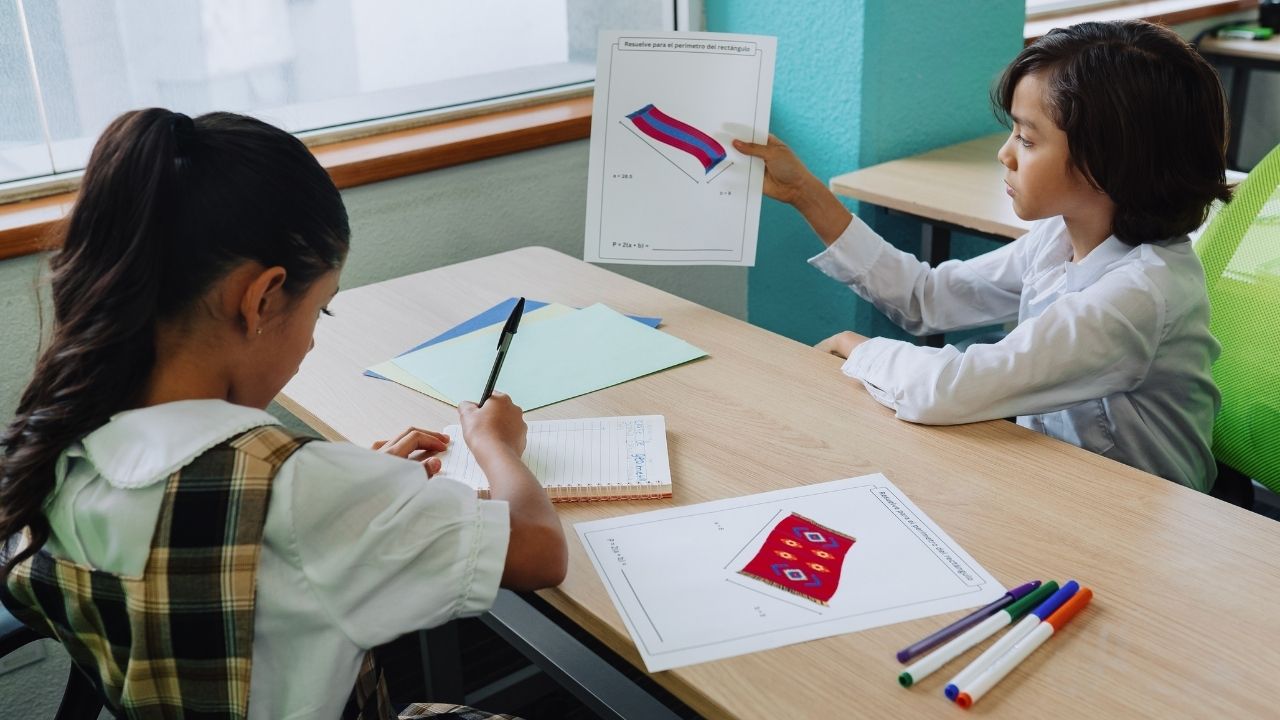
Introducing the Benefits of Study Partners
Establishing a study buddy program for elementary students can be an effective way to promote peer learning and academic collaboration. When students work together, they can support each other's learning process, share ideas, and develop important social skills. By pairing students with compatible study partners, teachers can create a supportive environment that encourages growth and fosters a love for learning.
Identifying the Right Matches
To ensure the success of a study buddy program, it's crucial to match students thoughtfully. Consider factors such as academic strengths, learning styles, and personalities when pairing students. Teachers can use their knowledge of their students to create partnerships that will be mutually beneficial. It's also important to consider the students' interests and hobbies, as this can help facilitate bonding and create a more enjoyable learning experience.
Setting Clear Expectations and Guidelines
Before launching a study buddy program, it's essential to establish clear expectations and guidelines for participation. Students should understand the purpose of the program and what is expected of them as study partners. Teachers should communicate the importance of respect, cooperation, and active listening within the partnerships. Additionally, setting specific goals for each study session can help keep students focused and motivated.
Providing Structure and Support
To ensure that study buddy sessions are productive, teachers should provide a structured framework for the program. This may include designated meeting times, specific assignments or topics to cover, and a system for tracking progress. Teachers should also be available to offer guidance and support as needed, especially in the early stages of the program. By monitoring the partnerships and providing feedback, teachers can help students develop effective study habits and collaboration skills.
Encouraging Peer Mentoring and Tutoring
As students become more comfortable working with their study buddies, teachers can encourage them to take on mentoring and tutoring roles. Older or more advanced students can assist their partners with challenging concepts or skills, while struggling students can benefit from the extra support. This type of peer-to-peer learning can be particularly effective, as students may feel more comfortable asking questions and seeking help from their peers than from adults.
Celebrating Successes and Milestones
To maintain enthusiasm and motivation within the study buddy program, it's important to recognize and celebrate successes along the way. Teachers can acknowledge individual and partnership achievements, such as mastering a difficult concept or completing a project together. Celebrating these milestones can help reinforce the value of collaboration and hard work, and encourage students to continue striving for academic success.
Adapting and Evolving the Program
As with any educational initiative, it's essential to remain flexible and open to adapting the study buddy program as needed. Teachers should regularly assess the effectiveness of the partnerships and make adjustments based on student feedback and progress. By continuously refining the program, teachers can ensure that it remains relevant and beneficial for all participants.
The Long-Term Benefits of Study Buddy Programs
Implementing a study buddy program for elementary students can have far-reaching benefits that extend beyond the classroom. By fostering a love for learning and collaboration at an early age, these programs can help students develop important life skills that will serve them well in future academic and professional pursuits. Moreover, the friendships and connections formed through study partnerships can last a lifetime, providing students with a valuable support system as they navigate their educational journey.
In conclusion, setting up a study buddy program for elementary students is a powerful way to promote peer learning, academic collaboration, and educational support. By thoughtfully matching students, providing structure and guidance, and celebrating successes along the way, teachers can create a nurturing environment that encourages growth and a lifelong love for learning.
 Family Craft ProjectsHome ImprovementCooking and BakingReuse and RecycleDIY GiftsEco-Friendly ProjectsDIY Home SolutionsSeasonal ActivitiesFun and GamesLearn TogetherPrivacy PolicyTerms And Conditions
Family Craft ProjectsHome ImprovementCooking and BakingReuse and RecycleDIY GiftsEco-Friendly ProjectsDIY Home SolutionsSeasonal ActivitiesFun and GamesLearn TogetherPrivacy PolicyTerms And Conditions
